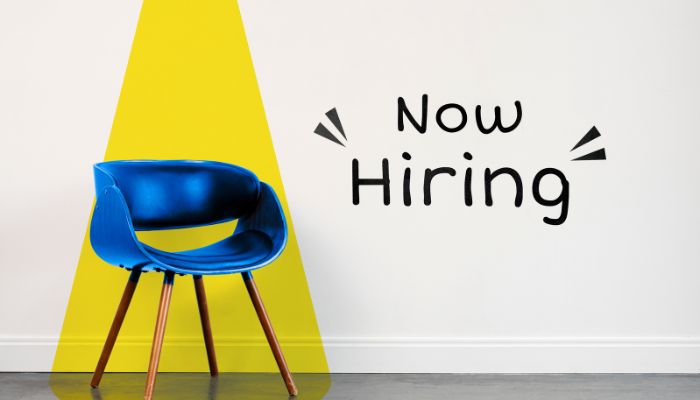Now that everybody’s headed back to the workplace for official work hours, it’s a relief for companies and business owners. They can finally keep track of how much work input takes place in a day, connect with their employees face to face, and pool everybody’s energies and focus into one space. But it’s also essential to keep in mind that it’s been almost two years of the work-from-home setup, and employees will need some time to readjust to their work environment. The pandemic has changed the face of workspace culture, so if you want your companies to retain their employees and attract new ones, you’re going to have to roll with the changes.
According to a report in CNBC Make It, as the job market recovers from the 2021 lockdowns and safety constraints, there have been unprecedented rates of employees quitting their jobs. This is because employees are now looking for flexible jobs and better pay. This means they want to choose their hours, where they can set up their office space, and how they can deliver on their tasks. And since the pandemic has only pushed companies towards flexibility, employers and HR executives have a hard time arguing these demands. One survey from PwC showed that 60% of employees were looking for jobs by August because they were looking for a better salary, more significant benefits and, more importantly, workplace flexibility.
While one would expect companies to get on the flexibility bandwagon soon enough, it couldn’t be further from the truth. Companies have been slow in adopting this new trend, saving them millions of employees. This year, an Ernst & Young Survey of 1000 global business leaders states that while 79% of companies intended to make ‘moderate to extensive hybrid work changes,’ but a meager 40% of companies have put their words into action by sharing these plans with their employees. Whether it is a genuine fear of a new work dynamic, the need to stick to the traditional model of work, or just apathy, companies need to get over their preconceived notions about flexible jobs if they want to remain a top choice for recruits.
You might also be interested to read: Hybrid HR – Blending Common Resource Pool And Unique Skill Set
As millennials look for new jobs, work flexibility is among the top priorities at interviews. Recruiters can not bargain their way out of this demand and hence agree that it involves either a remote or hybrid work setup. Remote work would have been the demand for only a tiny fraction of the workforce in the past, like working mothers or low-level clerks. Still, across levels, everybody seeks to find that balance between work and personal space and is prepared to look elsewhere for the flexibility they need. In a Harvard Business Review Study, it was stated that almost 96% of the 2000 white-collared professionals surveyed opted for flexible jobs. But only 47% of companies provided this for them.
Not having job flexibility can be detrimental to companies and, more so, to their employees. It has become increasingly challenging for working parents to find caregivers to take care of their children while at the office. With the pandemic restrictions and risks, parents are keen to stay at home with their children and work from home. Without job flexibility, employees lose out on maintaining a healthier lifestyle, which gives them time to focus on mental and physical health and fitness. As a result, your rigid 9-to-5 job model results in higher cases of burnout.
Everyone is finding new ways to adjust to the ‘new normal. Suppose more companies embrace flexibility in the work-life balance. In that case, they can rest assured that employees new and old will readily flock to the workplace and help move the company forward together.
References:
- “HR Experts: Companies Requiring In-Office Work Could Lose Out on 70% of Candidates– Employees Are Calling the Shots” | Jennifer Liu, CNBC MAkeIt |2 November, 2021
- “Flexible Working: The Way of The Future” | Joy Burnford, Forbes |28 May, 2019
- “The Future is Flexible: How Flexibility Attracts Job Seekers” | Jenn Goddu, SoGoSurvey |21 July, 2020
You might also be interested to read:






